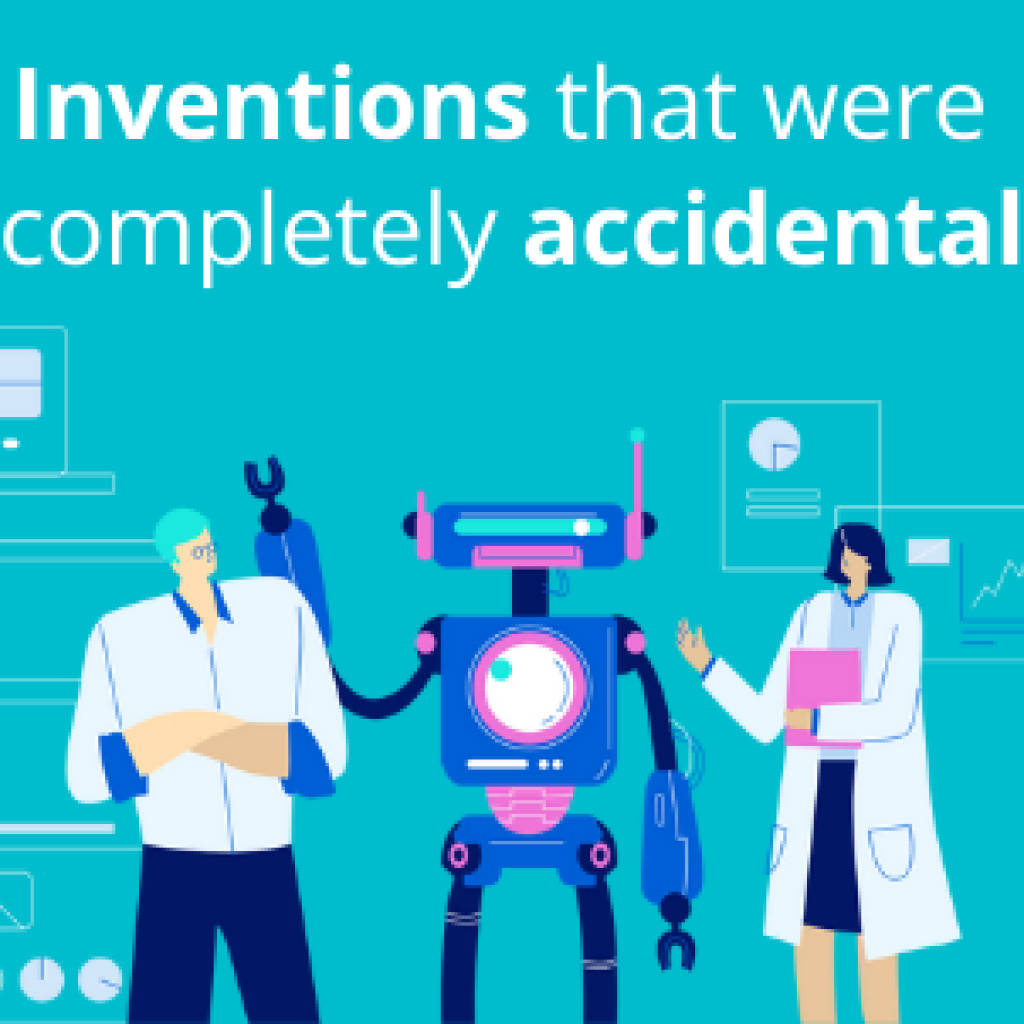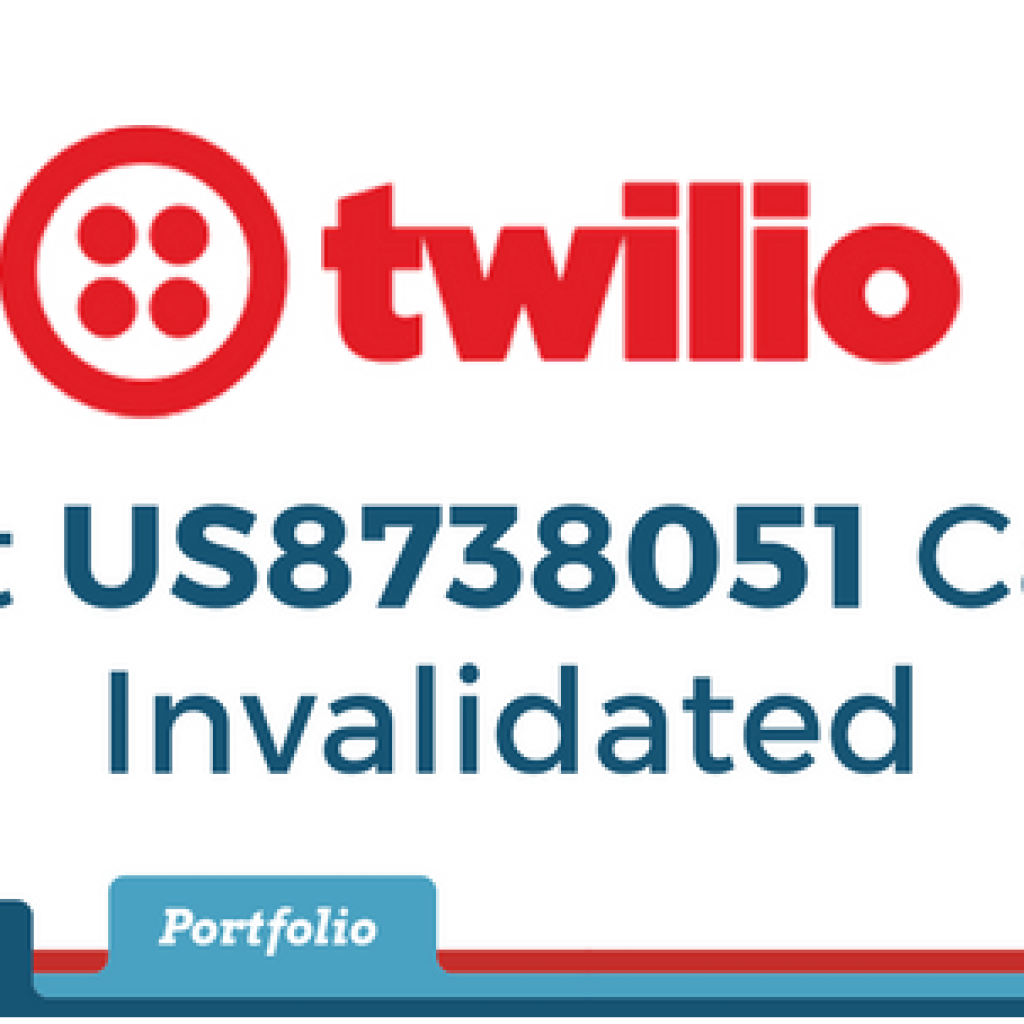“The decision of acquiring patents is some work! Starting from getting hold of a certain bunch of patents to making strategies looking at the various aspects that could affect the acquisition. There are a million things in my mind, the most prominent one being – is this the right time to acquire patents?”, sighed Alex as he looked at me.
“I understand. Patent acquisition requires a lot of thinking, especially at a time like this. And then the process itself is quite time-consuming.”, I said while I noticed his gaze still trying to find an answer in my words.
Alex is the newly-appointed Patent Director of one of the technology firms that work with us and is hopeful of improving his patent acquisition strategies before the recession hits. Alex isn’t the only one. There are hundreds of patent buyers out there who struggle with making a decision when it comes to figuring out the right patents to acquire.
And while I cannot make the decision for Alex (or you), I can still inspire him (you) to reach that decision.
How?
Well, in order to make the strategy development phase of patent acquisition more efficient we could just look into some famous acquisitions and try to apply them in our case just like we do in daily life- taking inspiration from stories around us.
So here are five reasons that drove famous patent acquisitions that are totally worth looking into and might inspire you for your next acquisition–
1. Acquiring patents to stop rivals from getting it, thus preventing future lawsuits.
Nortel was a multinational telecommunications and data networking equipment manufacturer that had filed for bankruptcy protection and was supposed to auction its patent portfolio having 6000 patents on networking and semiconductor technologies. Google had put a stalking horse bid of $900 million on this portfolio. However, it was auctioned off at a whopping $4.5 billion to a consortium of six companies named Rockstar.
This was mostly due to the fact that Microsoft and Oracle were already involved in lawsuits against Google. Had Google acquired these patents, it would have had a way to defend itself with much more strength. In order to stop this from happening, six companies namely – Microsoft, Apple, EMC, Sony, Ericsson, RIM formed a consortium to gain an upper hand by winning this auction, which they did. Nortel’s auctioned-off patent portfolio was likely viewed as a “strategic element” by these companies that were having ongoing lawsuits and settlement discussions. It could help in changing the balance of some of these litigations and cross-licensing discussions in the favour of these six companies.
We need to take into consideration that these companies were partially rivals. However, when it came to getting the best out of a situation, they joined hands against Google. By buying these patents, they secured their defenses against Google and also made the company unable to gain an upper hand by using these patents in the present and upcoming lawsuits.
2000 high-valued (alleged) patents out of this portfolio had been distributed among the six companies.
The remaining 4000 remained under Rockstar Consortium (a company funded by these six companies after the auction) and were then used to extract licensing fees and royalties from different companies. In 2013, the consortium sued Google and Samsung for patent infringement.
By then they had also alleged infringement by Asus, Huawei, LG, Pantech, ZTE, and HTC. As this consortium did not have a product range so it could not be countersued. Though all the matters were settled later. But the story doesn’t end here.
In 2014, RPX acquired 4000 of Rockstar’s patents. The price being paid by RPX is approximately $900 million. While this is considerably less than the $4.5 billion paid by the consortium of six companies named Rockstar, again, this is only 4,000 of the 6,000 patents, and you have to assume the 2,000 the other companies kept were really valuable patents.
The deal put an end to several high-profile lawsuits filed by Rockstar against companies that make phones powered by the Android operating system.
2. Acquiring patents to improve innovation
Google bought Motorola for 12.5 billion. Nortel’s patent acquisition had given the consortium of its rivals an advantage over Google in a global and ever-going legal battle over smartphones. This deal, then, gave Google a chance to at least hold its ground thanks to Motorola’s intellectual property, which reportedly amounted to 17,000 issued patents and 7,500 applications. However, Google sold the company at $3 billion to Lenovo. This sale did not include Motorola’s IP. Motorola had around $3 billion for share repurchase and dividends, and Google recouped around $6 billion from selling off units of the device maker. So, the amount Google would actually spend on Motorola at the end of the day was around $4 billion — and it was keeping the patents. Google had explicitly said at the time of the acquisition that these patents were to be used to protect Android handset makers from being sued by Apple and Microsoft. Moreover, Google is great at software and Motorola was great at devices. The combination of the two would enable faster innovation.
So one could say that it is getting much more value at a lesser price than it would have gotten if it had made a bid for more than 4.5 billion in the case of Nortel.
3. Acquiring patents to ensure the business is protected
LinkedIn launched the first professional social network in 2003 and by 2012 its revenue was reaching nearly 1 billion. However, it owned only around 22 patents. The company executives recognized the exposure to corporate patent assertions that having a small patent portfolio would bring. But had held off dealing with the challenge until the business had proven itself. So, it started purchasing patents and ended up buying almost 900 patents. LinkedIn had a fair idea about the technologies that were being used by likely asserting companies and the source of the highest turnover for those companies. By using this knowledge to focus the buying parameters, LinkedIn could achieve the same value in a counter-assertion as the asserting company, while requiring far fewer assets.
LinkedIn’s targeted buying was focused on backfilling assets with early priority dates for counter-assertion against known corporate patent asserters. As their goal was fixed i.e. to buy patents to protect themselves. They knew who these corporate asserters were, and what technology was being targeted and they just had to find patents that would help them in suing or countersuing these corporate asserters whenever the need arises. Targeted buying was useful to mitigate risks from new companies in technology where LinkedIn was not developing organic technology and patents. In many cases, good business relationships mitigate much of the patent risk and minimize the level of concern. While buying patents, LinkedIn kept in mind that the companies with which it had a good business relationship were less likely to assert.
This is a continuous strategy as they could not just do it once and stop acquiring patents. They have to keep on doing it as new companies are entering the market with technologies and as its strategy is to protect itself, it has to keep on updating its patent portfolio.
4. Acquiring patents to start a new line of production and become self-dependent
Intel was making 5g modems for smartphones and Apple was its sole buyer. This was mostly because of Qualcomm’s “no license — no chips” policy where buyers will have to pay the patent royalties along with the chipset purchases.
Now, these patents were crucial for wireless connectivity in smartphones. So, the cellphone makers had to acquire the license for this set from Qualcomm even if they are purchasing their chip from Intel. However, there was a catch.
Qualcomm, in order to facilitate its sale of 5g chips, was offering the chip at a reduced price to entice the customer to go for the ‘bulk offer’ (patent set + chip). This meant that if a manufacturer buys the chip from Intel and licenses the patent set from Qualcomm, he would be facing a loss at its end. This would become more expensive than taking both chip and licensing patent sets from Qualcomm. So manufacturers found it profitable to acquire both the patent set and the chip from Qualcomm itself.
Apple was also a victim of Qualcomm’s market monopoly and was involved in a lawsuit with Qualcomm over the latter’s unjust market practices. However, they came to an agreement in 2019 after which Apple started using Qualcomm chips in its iPhone.
Apple knew that this standoff would be short-lived. So it bought Intel’s 5g Modem Chip business to start manufacturing its own 5g chips. Apple got its hands on more than 17,000 patents related to wireless technology, including cellular communications standards and modems, which largely determine data transfer speeds in smartphones today. By getting these patents, Apple got the required foundation that it needed to start with the production of its own chips. Apple recently released that its purchase of Intel’s smartphone modem patents and other technology could bolster its attempt to build its own line 5G chips and lessen its dependence on Qualcomm.
5. Acquiring patents from companies involved in litigation with you
Kodak is a public company that filed for bankruptcy in 2012 and had to sell the majority of its patent portfolio to a consortium for 525 million. The patent deal was reached with a consortium led by Intellectual Ventures and RPX Corp. and included some of the world’s biggest technology companies, which would license or acquire the patents. Those companies were Adobe Systems, Amazon, Apple, Facebook, Fujifilm, Google, Huawei, HTC Corp, Microsoft, Research In Motion, Samsung Electronics, and Shutterfly., according to court documents. Kodak had already been extensively licensing these patents to other companies which made the portfolio far less valuable because there’s very little exclusivity when a patent has already been licensed to some other company. The deal greatly benefited the companies that Kodak had sued over patent infringement earlier. Existing lawsuits between Kodak and Apple, RIM, Fujifilm, HTC, Samsung, and Shutterfly, were resolved under the deal.
We can clearly see that there was a reason behind every patent acquisition going great for the buyer. They had looked into the pros and cons of buying that particular patent set for both short-term and long-term goals.
Looking into these reasons gave Alex ideas regarding when to approach a patent owner and what market scenarios to look into before buying any patent set. (Maybe it can help you too.)
Conclusion
The cutting-edge competition between companies has made them plan smart moves to stay ahead in the game. Companies are actively looking for ways to improve their relative positioning in the industry. Additionally, acquiring patents can be your best move to survive.
So now you know the various scenarios in which you should acquire patents.
Need more information?

Authored By: Medha and Aadarsh, Patent Monetization









